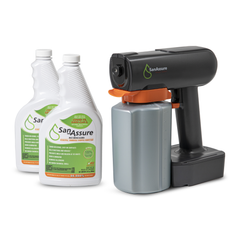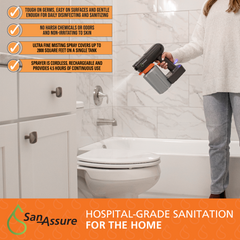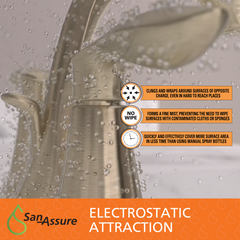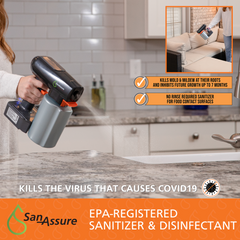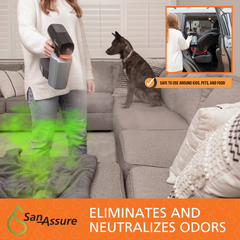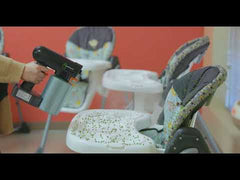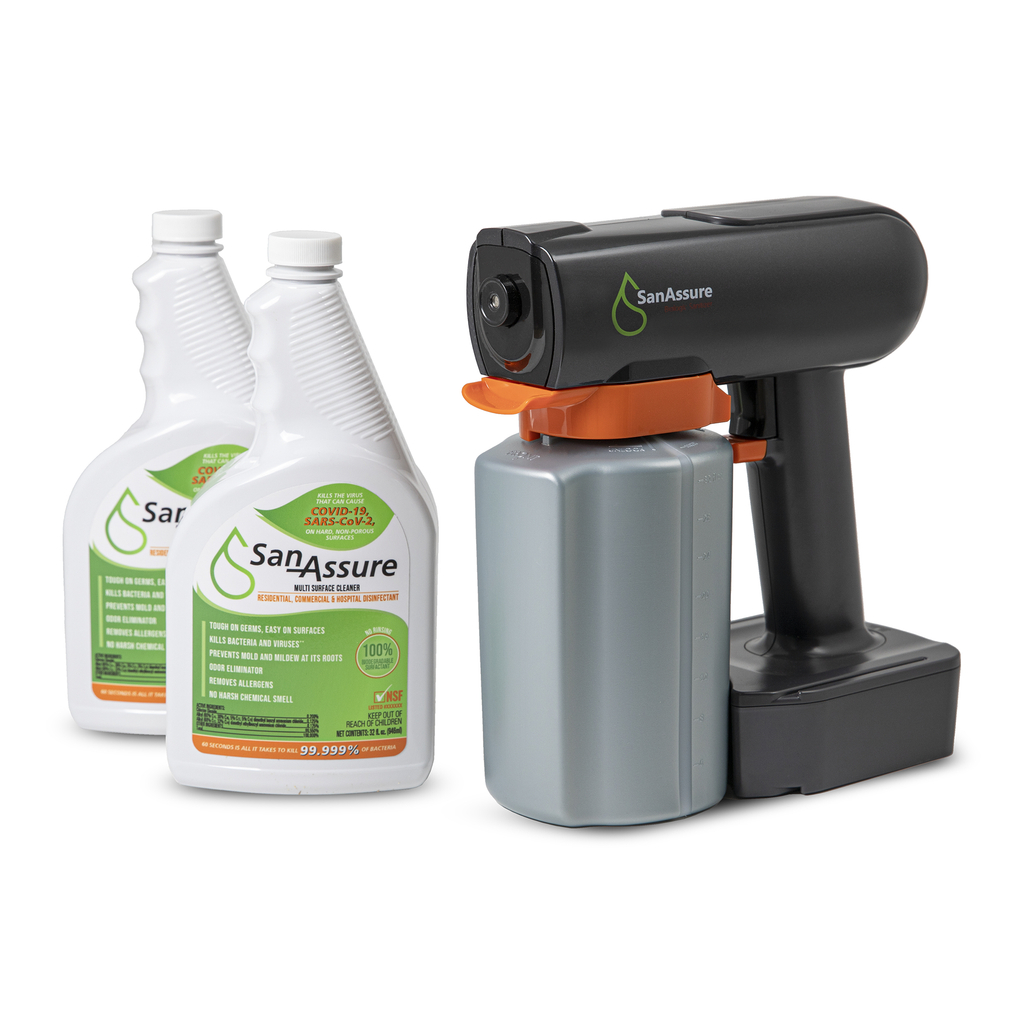
Residential, Commercial & Hospital Disinfectant

Healthcare-associated infections (HAIs) pose significant risks to patients receiving medical or surgical treatment. They are among the most common complications of hospital care and a leading cause of death in the United States. According to the Centers for Disease Control and Prevention (CDC), approximately one in 31 hospital patients has at least one HAI on any given day. While progress has been made in preventing some HAIs, there is still much work to be done.
National and State Healthcare-Associated Infections Progress Report: Recent data from the National and State Healthcare-Associated Infections Progress Report shows promising decreases in various HAIs between 2021 and 2022. Significant reductions were observed in Ventilator-Associated Events (VAEs) by 19%, Methicillin-Resistant Staphylococcus Aureus (MRSA) by 16%, Catheter-Associated Urinary Tract Infections (CAUTIs) by 12%, Central-Line-Associated Bloodstream Infections (CLABSIs) by 9%, and Clostridioides difficile infections (CDIs) by 3%. However, no significant changes were noted for Surgical Site Infections-Colon (SSI-COLO) and Surgical Site Infections-Hysterectomy (SSI-HYST). It's essential to refer to the latest reports from the CDC for the most accurate and up-to-date information.
HAI Hospital Prevalence Survey: The prevalence of HAIs remains a concern, but there have been improvements. The 2015 HAI Hospital Prevalence Survey indicates that patients were at least 16% less likely to have an HAI compared to the 2011 survey. Approximately 3% of hospitalized patients in the 2015 survey had one or more HAIs, with an estimated 687,000 HAIs occurring in U.S. acute care hospitals that year. Tragically, about 72,000 hospital patients with HAIs died during their hospitalizations.
Common Types of Healthcare-Associated Infections:
Catheter-Associated Urinary Tract Infections (CAUTIs): CAUTIs, a common type of urinary tract infection, are often associated with urinary catheter use. Proper catheter care and infection prevention measures are crucial in reducing their incidence.
Ventilator-Associated Events (VAEs): VAEs encompass various complications, including ventilator-associated pneumonia (VAP), which poses a significant risk to patients on mechanical ventilation. Preventive measures such as proper hand hygiene and infection control protocols are essential in mitigating these risks.
Clostridioides Difficile (C. diff): C. diff infections, caused by antibiotic-resistant bacteria, are a serious concern, particularly for older adults and those with weakened immune systems. Enhanced infection control practices are necessary to combat the spread of this pathogen.
Methicillin-Resistant Staphylococcus Aureus (MRSA): MRSA infections, resistant to several antibiotics, are often associated with healthcare settings. Vigilant infection control measures, including proper hand hygiene and environmental cleaning, are vital in preventing their transmission.
Acinetobacter: Acinetobacter infections, especially those resistant to antibiotics, present challenges in treatment and infection control. Efforts to prevent their spread, such as enhanced environmental cleaning and surveillance, are crucial in healthcare settings.
The Importance of Disinfection in the Battle Against HAIs: Preventing HAIs requires a multifaceted approach, with emphasis on infection prevention and control practices. Proper handwashing, thorough cleaning, and effective disinfection of surfaces are paramount.
Using an effective disinfectant product, such as San-Assure, to eliminate pathogens on surfaces can help prevent HAIs from occurring in the first place. San-Assure is an EPA-registered Hospital Disinfectant that cleans, disinfects, and deodorizes hard, non-porous hospital and medical surfaces in one step – with no rinsing required.
San-Assure has been used to combat HAIs, including MRSA and Acinetobacter, in hospitals, long-term care facilities, and other healthcare facilities worldwide.
San-Assure removes dirt, grime, fungus, mold, food residue, blood, and other organic matter commonly found in hospitals and healthcare facilities. It also eliminates odors, leaving hospital surfaces smelling clean and fresh.
San-Assure can also be used to clean and disinfect washing machines after washing contaminated laundry.
Additionally, San-Assure may be used to pre-clean or decontaminate critical or semi-critical medical devices before sterilization of high-level disinfection. For effective disinfection, blood and other body fluids must be thoroughly cleaned from surfaces and objects before application of San-Assure.
At San-Assure, we’re proud to offer a revolutionary disinfectant powerful enough to kill 99.9% of viruses and bacteria without harsh chemicals.
Search
About
Technology
Resources
Professional Use
Contact
Newsletter
Accessibility
Terms of Service
Refund Policy
Privacy Policy
Warranty Registration
San-Assure provides multi-surface cleaning solutions that allow you to disinfect and sanitize every surface in your home. Our EPA-Registered sanitizer is safe to use and our electrostatic attraction technology provide full coverage disinfecting.
*simulated image.

